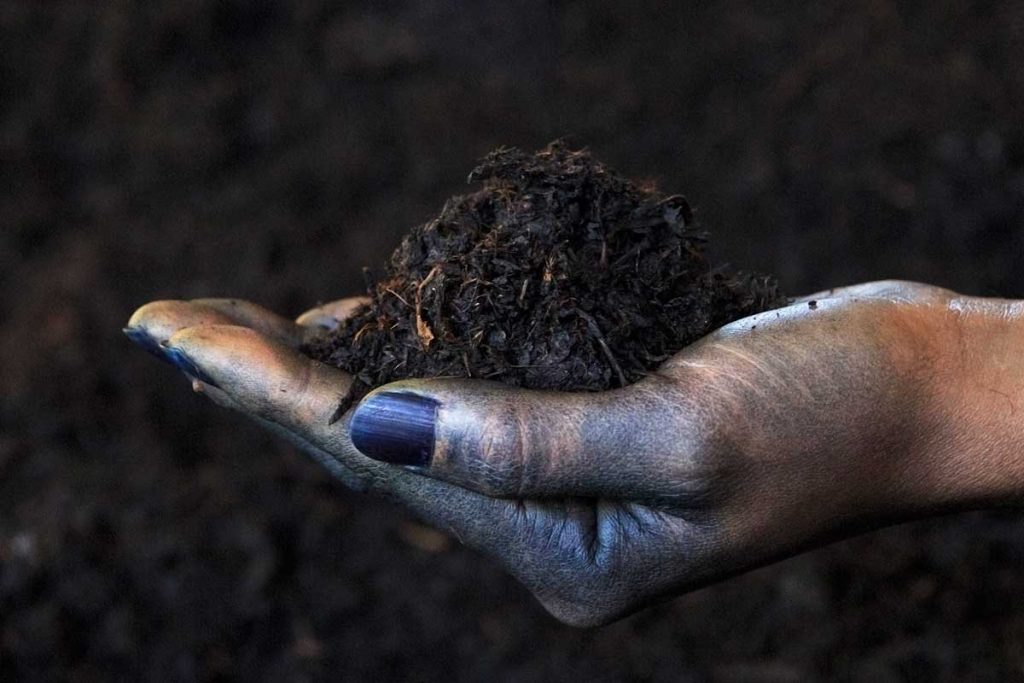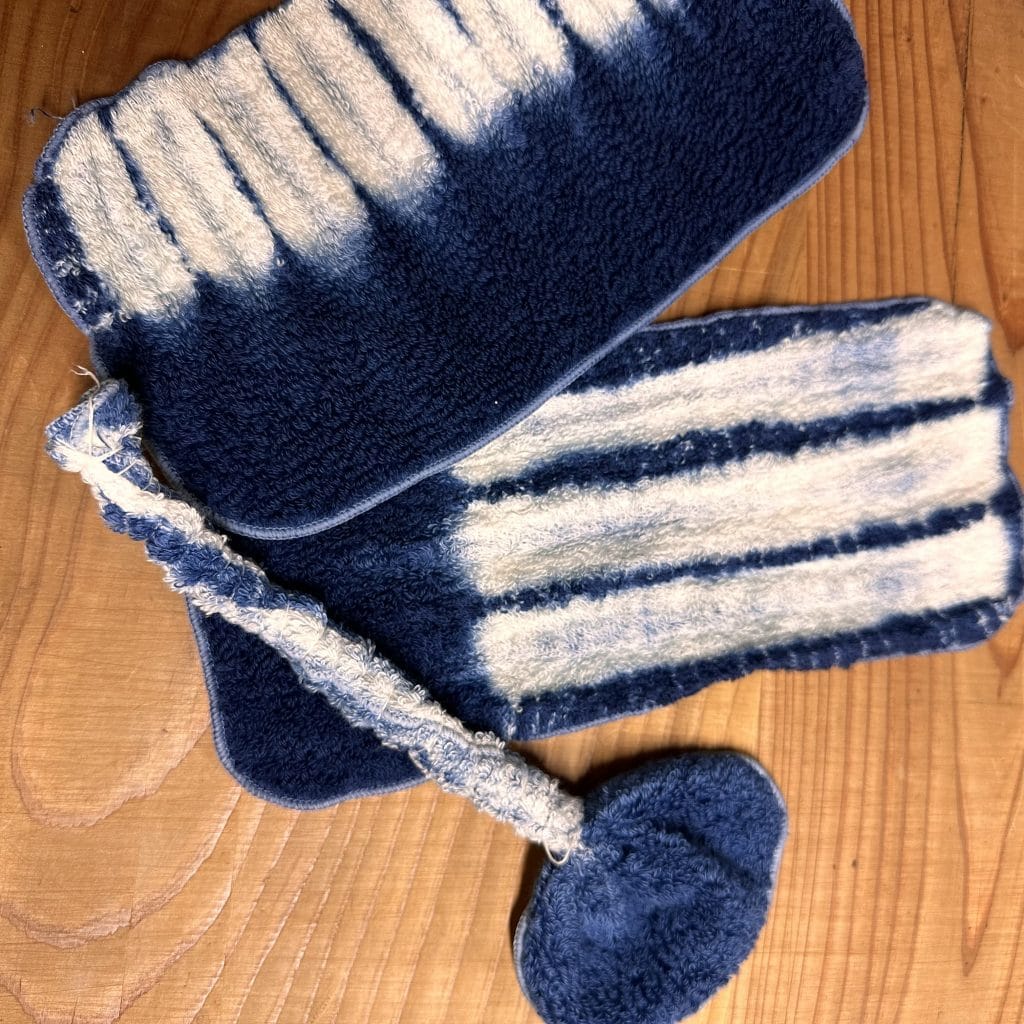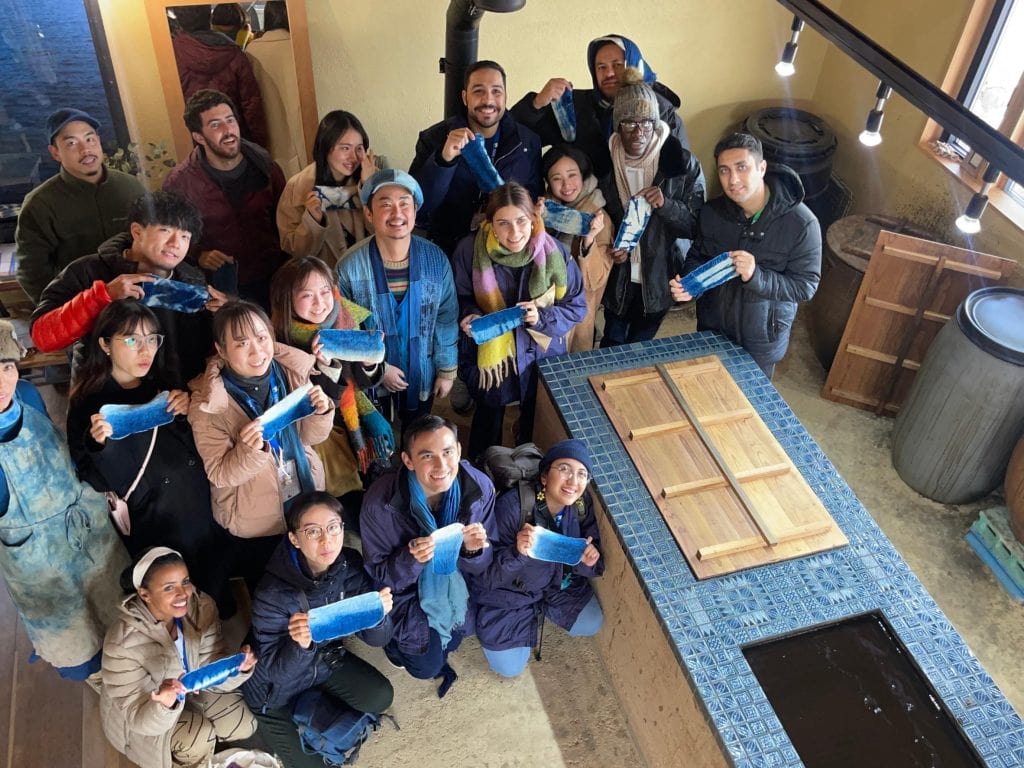
- This event has passed.
Japanese Indigo Dye and Shibori Workshop-SOLD OUT
March 3, 2024 @ 9:15 am – 10:45 am

This unique and immersive workshop is led by renowned Aizome artists, Seiichi and Eri Negishi, hailing from Hyogo, Japan. Seiichi and Eri will introduce participants to the ancient art of Japanese indigo dyeing and shibori, offering insights into their family’s centuries-old tradition.
Members of the Zilker Botanical Garden Conservancy will receive a discount on this workshop. Not yet a member? Join today!
Workshop Highlights:
- Natural Indigo Dye Technique: Discover the secrets behind natural indigo dyeing using indigo cultivated on the Negishi family farm in Hyogo, Japan. Learn about the fermentation process, which took place locally in Austin, imbuing the dye with its vibrant hues and distinctive qualities.
- Shibori Techniques: Dive into the mesmerizing world of shibori, a Japanese resist dyeing technique. Under the expert guidance of Seiichi and Eri, explore various shibori methods to create intricate patterns and designs on small handkerchief-sized towels.
- Hands-on Experience: Each participant will have the opportunity to create their own masterpiece using the skills learned during the workshop. Experiment with different folding, twisting, and binding techniques to achieve stunning results.
- Personalized Instruction: Receive personalized guidance and feedback from Seiichi and Eri as they share their expertise and passion for Aizome and shibori. Gain valuable insights into the cultural significance and symbolism behind these traditional Japanese crafts.
- Take Home Your Creations: At the end of the workshop, each participant will take home their handcrafted indigo-dyed shibori mini towel—a unique keepsake to cherish for years to come.


About the Instructors: Seiichi and Eri Negishi
Seiichi Negishi grew up in a seaside town and worked in jobs related to Denim before delving deeper into life in the island of Awaji. It all started when his friend gave him Indigo seeds in 2015. He was deeply touched by the blue color that came from the plant. Surrounded by the unpredictable sea and sky, he has been devoting himself to Aizome ever since. In 2017, he trained under Osamu Ni, one of the only five Aizome dyers in Tokushima, to learn about indigo fermentation, known as Sukumo in Japanese. In 2018, he apprenticed under the late Koichi Okawa, who had continued the ancient tradition of Aizome, and learned about the Aizome dye solution. In 2019, he visited various traditional craftspeople and artists nationwide, such as long-board techniques in Sumida, Tokyo, and tie-dyers in Arimatsu and Narumi, Aichi, to deepen his knowledge and skills. In 2021, he supervised and instructed scenes related to Aizome for NHK (Japanese National TV channel)’s Japanese History TV series ‘Seiten wo Tsuke.’ In 2022, the ‘Awa Ai Musubi’ project, making Aizome into lucky charms for socially vulnerable people, won the SDGs Japan Scholarship Iwasa Award in the Welfare category.”
Eri Negishi is an Aizome artist. After she graduated from Osaka university of arts, she worked as a designer to decorate music events, parties and store fronts. Since she moved to Awaji island with her husband, Seiichi, she has been working on natural indigo dye and other natural dyes with different plants to create installation pieces.
Seiichi and Eri Negishi began “Our Blue Production” in 2015 when we received Indigo seeds from a friend. I was touched by the blue color that came from the plant, and my interest in Indigo dye began to grow. As SOME-SHI, we make dyeing solution from “SUKUMO” and dye it. Consistently involved in indigo. AI -SHI and SOME-SHI each has a master, and they work every day to inherit and develop their skills.[e] Seichi was featured in NHK (Japanese National TV channel)’s history program in 2022 as a director and instructor of Aizome. Eri is currently engaged in various activities as an Aizome artist